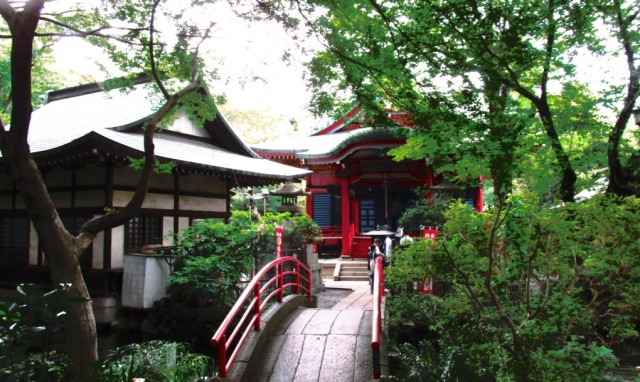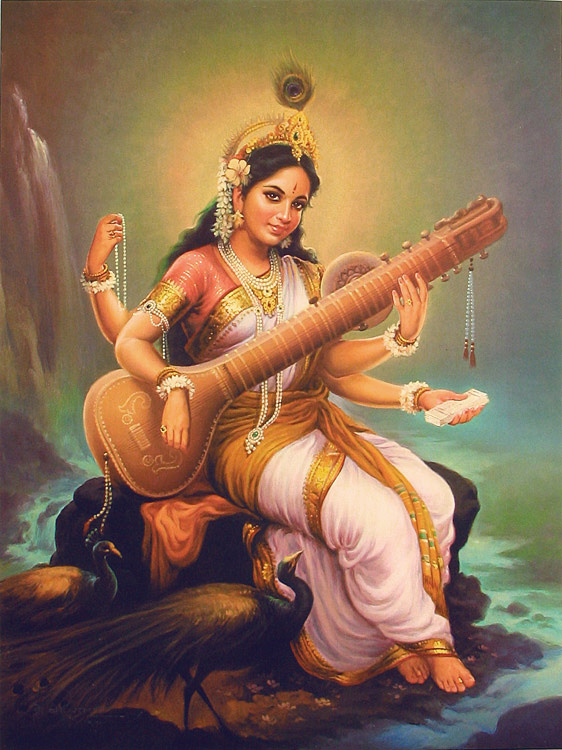30 Days of Devotion
Day 16: Relationship to the values of the pantheon & culture
Well…first off, a quick reaction to the prompt, more or less.

How am I to do one post on this topic for a goddess who is worshiped in multiple religions, by multiple cultures, and has been for centuries? I say, you don’t. Saraswati says…
Nonsense. That’s only because no one ever has.

So, um…That’s settled then.
Saraswati is worshiped by four religions: Hinduism, Buddhism, Jainism, and Shinto. The first three religions are historically and culturally related, though their similarities are often (too often) grossly exaggerated; they (along with Sikhism) are often called “Dharma Religions”. Though Saraswati’s (or rather, Benzaiten-sama’s) Shinto cultus in Japan has many links to Buddhism, it would be totally disingenuous for me to treat it as anything other than superficially similar to the Dharma religions as practiced in modern India.
Let’s begin, shall we?
AHIMSA
Literally, “not to injure”; popularly translated as “non-violence”
Ahimsa is a core value of the three Dharma religions that worship Saraswati. It is a value that has obvious and clear implications for daily life. Many (but certainly not all) Hindus are vegetarians, and most Buddhist sects also discourage the eating of meat. Jaina are likely the most fervent adherents of this approach, extending this protection even to non-animals. A devout Jaina will avoid root vegetables, as harvesting them kills the plant.
So how does Saraswati embody this virtue? I would call her a proponent of “active ahimsa.”
Saraswati, as my previous posts have discussed, is concerned not just with avoiding harm, but actively doing good. It isn’t just that she doesn’t want to hurt you. It’s that she really wants to help you. She loves humanity. She loves you.




